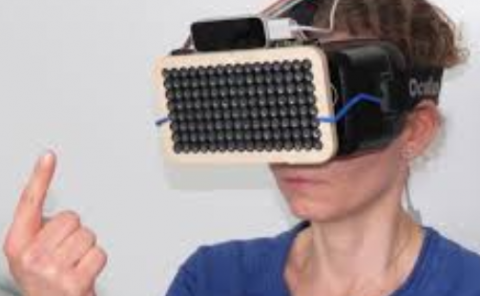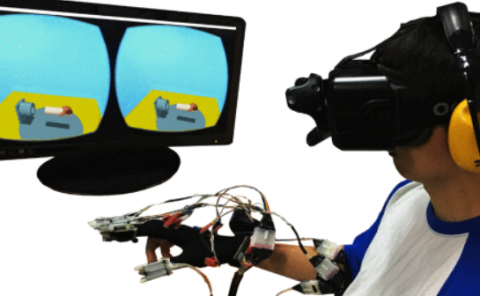Eye-Gaze Activity in Crowds: Impact of Virtual Reality and Density
PubDate: May 2020
Teams: CNRS
Writers: Florian Berton; Ludovic Hoyet; Anne-Hélène Olivier; Julien Bruneau; Olivier Le Meur; Julien Pettre
PDF: Eye-Gaze Activity in Crowds: Impact of Virtual Reality and Density

Abstract
When we are walking in crowds, we mainly use visual information to avoid collisions with other pedestrians. Thus, gaze activity should be considered to better understand interactions between people in a crowd. In this work, we use Virtual Reality (VR) to facilitate motion and gaze tracking, as well as to accurately control experimental conditions, in order to study the effect of crowd density on eye-gaze behavior. Our motivation is to better understand how interaction neighborhood (i.e., the subset of people actually influencing one’s locomotion trajectory) changes with density. To this end, we designed two experiments. The first one evaluates the biases introduced by the use of VR on the visual activity when walking among people, by comparing eye-gaze activity while walking in a real and virtual street. We then designed a second experiment where participants walked in a virtual street with different levels of pedestrian density. We demonstrate that gaze fixations are performed at the same frequency despite increases in pedestrian density, while the eyes scan a narrower portion of the street. These results suggest that in such situations walkers focus more on people in front and closer to them. These results provide valuable insights regarding eye-gaze activity during interactions between people in a crowd, and suggest new recommendations in designing more realistic crowd simulations.


